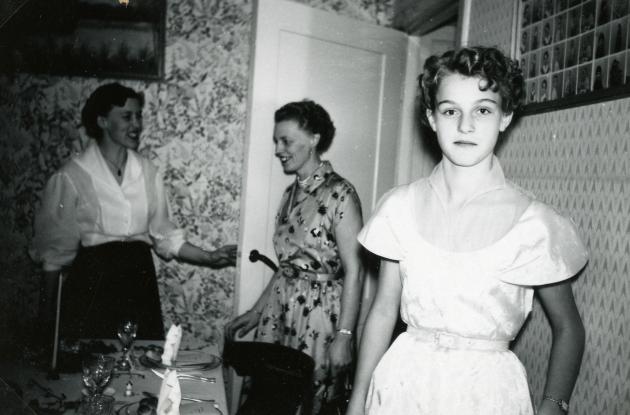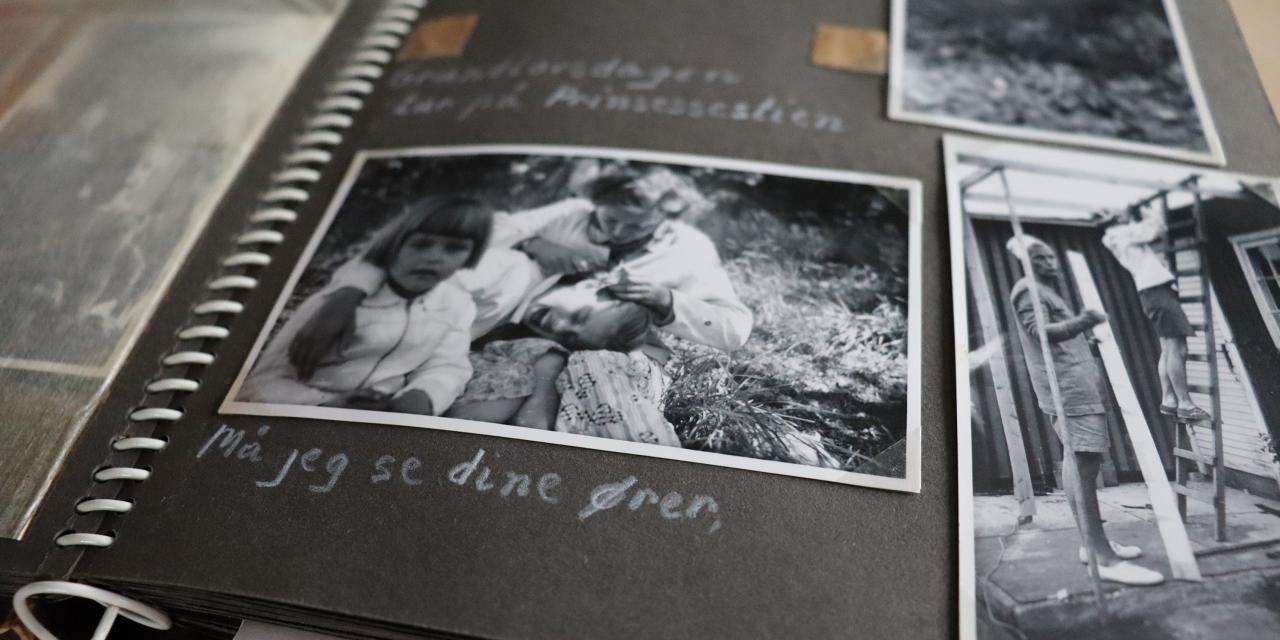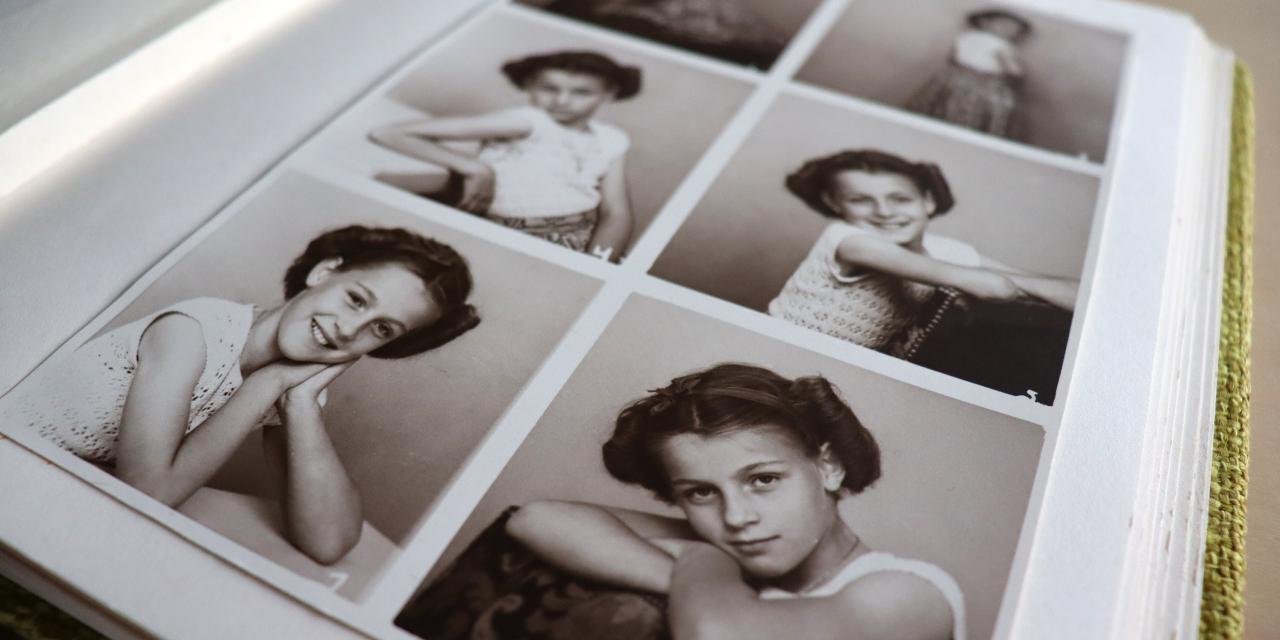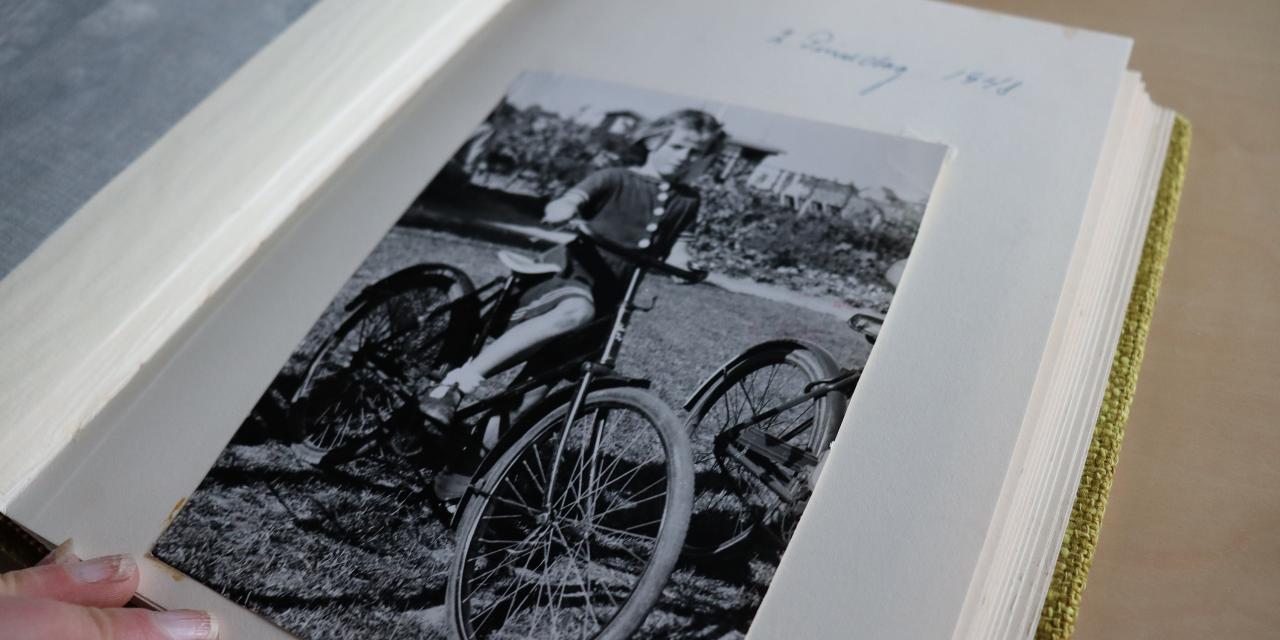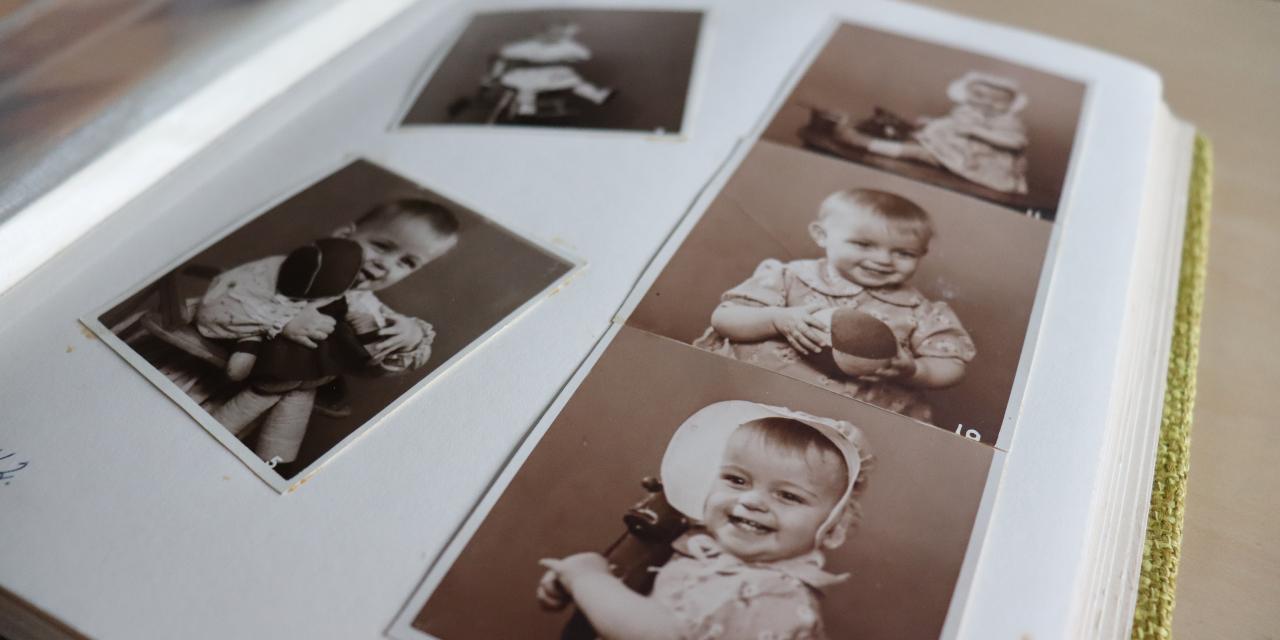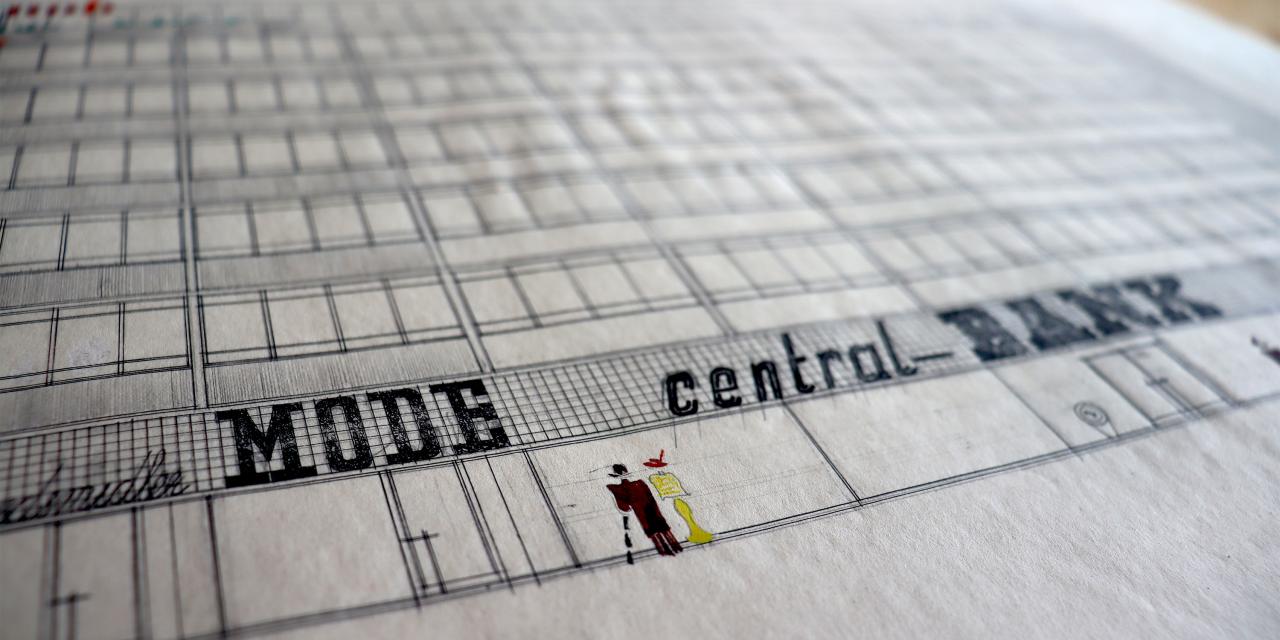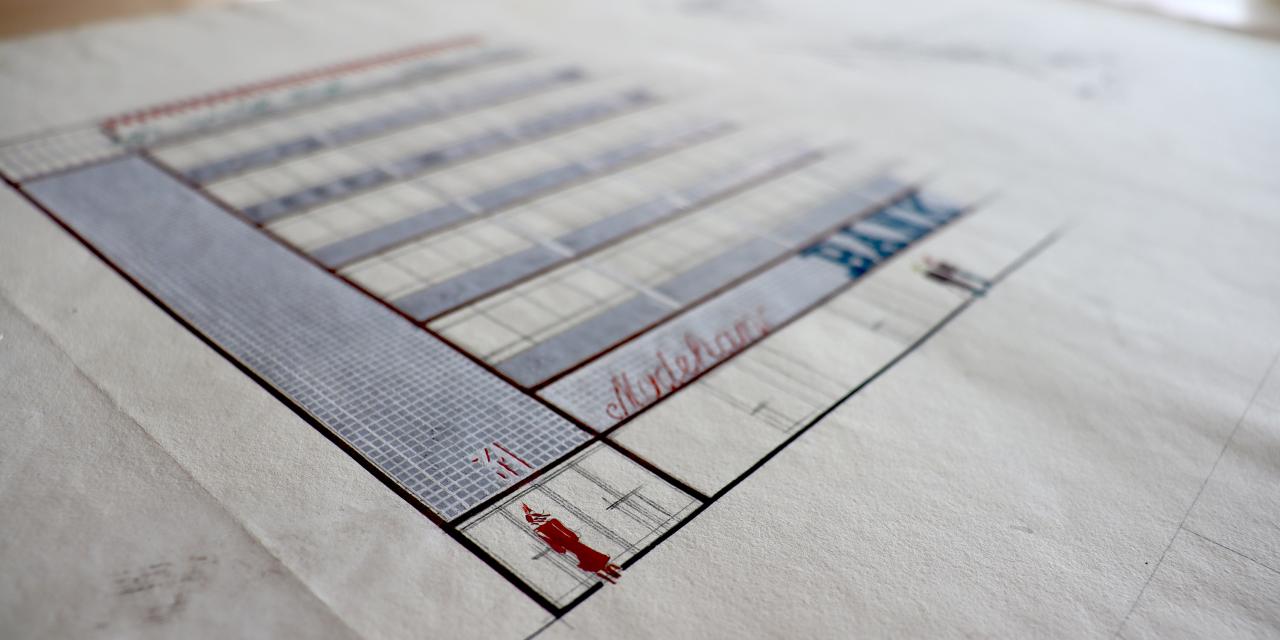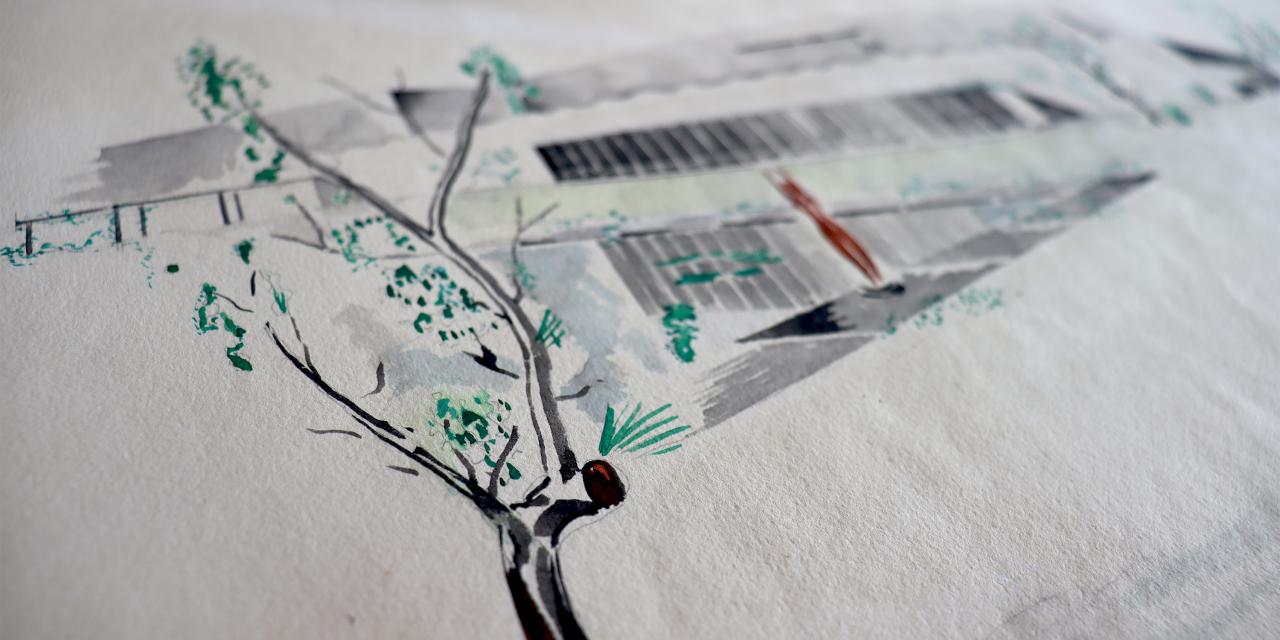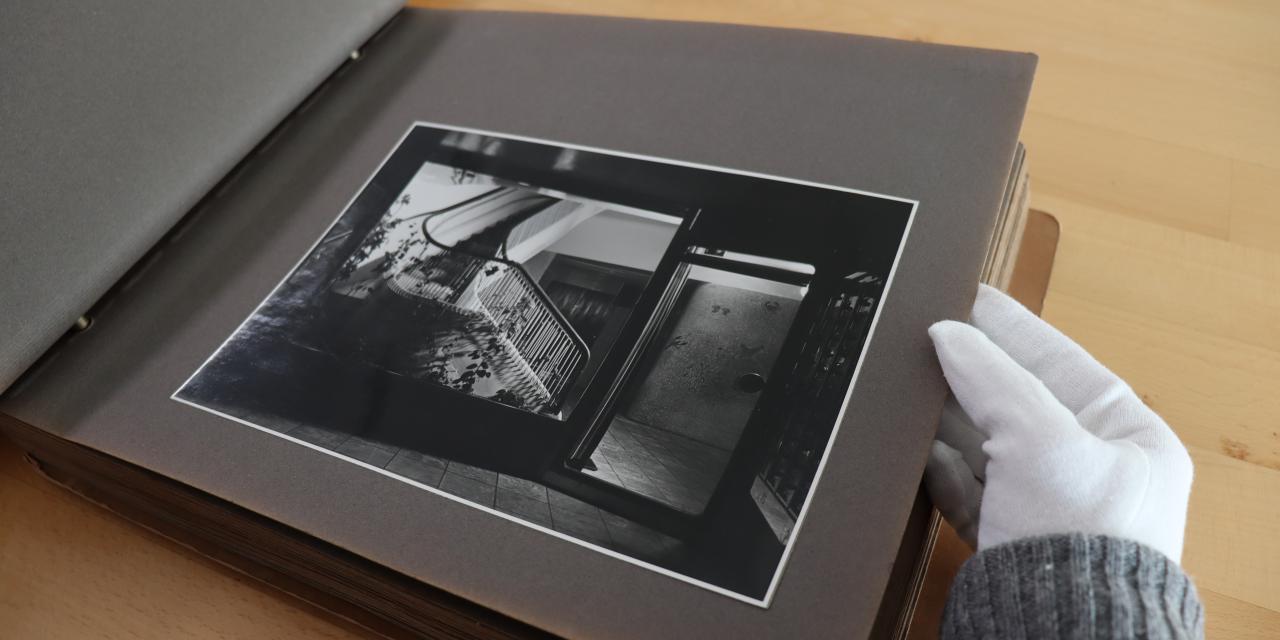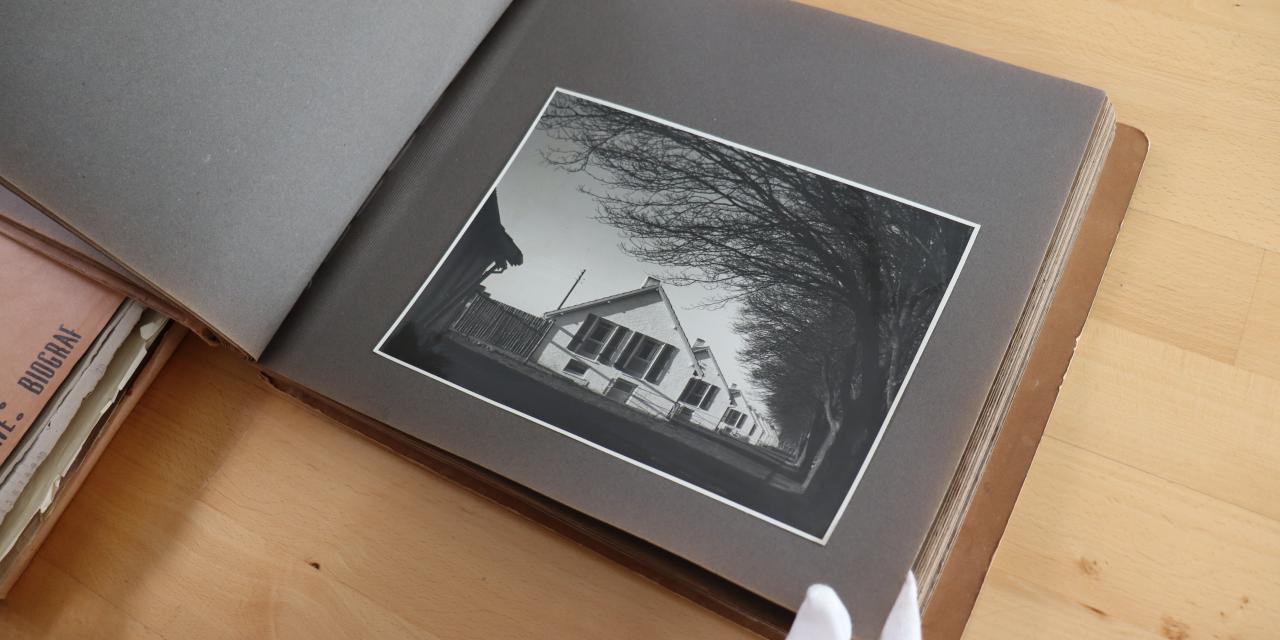New in collections 2023
We are showing some of the works which Royal Danish Library has received during 2023.
Ritt Bjerregaard's photo albums
Royal Danish Library does not just collect images taken by professional photographers. The library also has a large collection of private photographs. Since the spread of amateur photography in the 1890s, photography has been part of everyday life and changed our relationship to life stories and memory. The camera has been present at births and celebrations and captured moments when everything is created, growing and celebrated. Over time, the images then become memento mori of all that was.
The private photograph simultaneously tells about social history and gives a different look at the lives of public figures. This applies, for example, to photographs of the social democratic politician Ritt Bjerregaard, who passed away in January 2023. The library was given her albums from her childhood and youth in the 1940s and 50s in Vesterbro's working-class neighbourhoods, but also pictures from her adult life. From everyday life with the historian Søren Mørch, from official travels and from spending time with friends, including the women in her network.
The photograph was taken for Ritt Bjerregaard's confirmation, which could be held at home because the family had been lucky enough to get a larger apartment. On the walls hang portraits taken by the company Kehlet Stella Nova, which offered annual photography of the children for relatively cheap money.
Photographic works by Nicolai Howalt
Royal Danish Library acquired a large number of works by Nicolai Howalt. Howalt's early documentary oeuvre was already represented in the collection, but it contained none of the more abstract works from the period 2011 to 2022. The selection of works is composed of the series A Journey: The Near Future, 2022, Light Break, 2015 and Endings, 2011. The series are linked thematically by Howalt's interest in materiality, time, science, technology and history.
Like the photographs in Light Break, the images in Endings are also seemingly abstract. At first glance, the large photographs in the series look like sections of the starry sky, and that association is also an essential element in the series. When a star is extinguished, it swells and turns red before finally exploding. During the explosion, a quantity of stardust is sent out into the universe, which becomes the seed for the formation of new stars or new planets.
In Endings, Howalt works with this cyclical understanding of life. He points out how cosmic dust has been essential for man to exist in the universe at all. In the series, Howalt has photographed ashes from crematoria, that is the end of life. But it is not death as a personal matter that occupies him in the works. Rather, it is the possible circuit that the dead body can enter into. A circuit that can potentially nourish new life.
The acquisition has been made possible through a generous grant from the New Carlsberg Foundation.
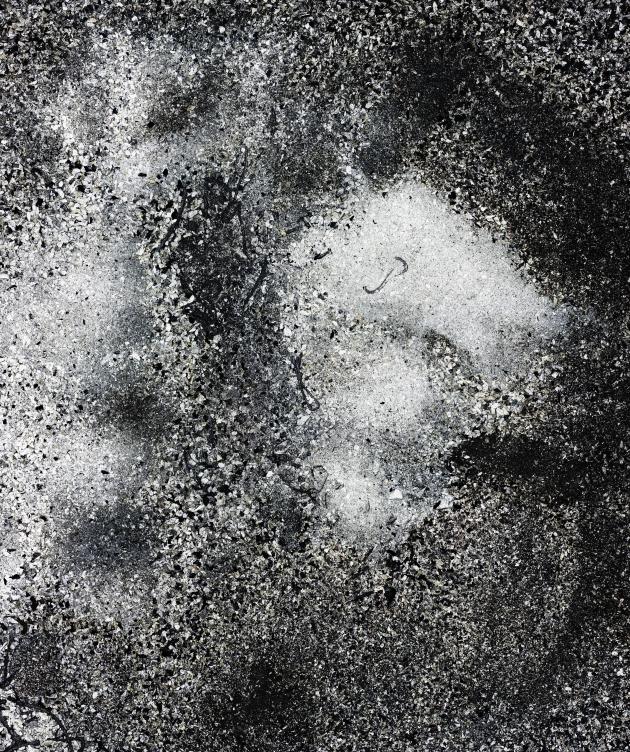
Photo: Nicolai Howalt
Material linked to Herman Bang and Benny Andersen
Throughout the history of Royal Danish Library, collectors have played an important role in order for material to accrue to the library, typically through testamentary gifts. Today, manuscript collectors are not so frequent, but the book and manuscript collector Poul Sandberg (1932-2022) was one of them. His collection was not the result of a large economy, but of seven decades of outreach and tireless interest on Sandberg's part.
The library has incorporated a small number of books and manuscripts from his collection. Including the original drafts for Benny Andersen's poetry collection Her i reservatet, 1971. The drafts were a gift from the author to Sandberg and his wife Tóra in 1977.
In a cover letter, Andersen writes that he does not "go and squander my old drafts like that", but has made an exception because the Sandberg couple "are some of my most faithful and attentive readers". The letter ends with the following words: "I must, of course, reserve the right to be able to refer to you if a researcher ever needs to examine something in the manuscript for scientific use, but the manuscript itself is your property." The presentation of the manuscript to Royal Danish Library is a fine supplement to the manuscripts and letters that Benny Andersen himself handed over to the library during his lifetime. Here you get a direct insight into the poet's working method.
The majority of the other material that became part of the library's collection in 2023 is related to Herman Bang: It concerns, among other things, the original manuscript for Ord, several of Bang's own instructional copies for plays of the time, Bang books with dedications and photographs of Bang.
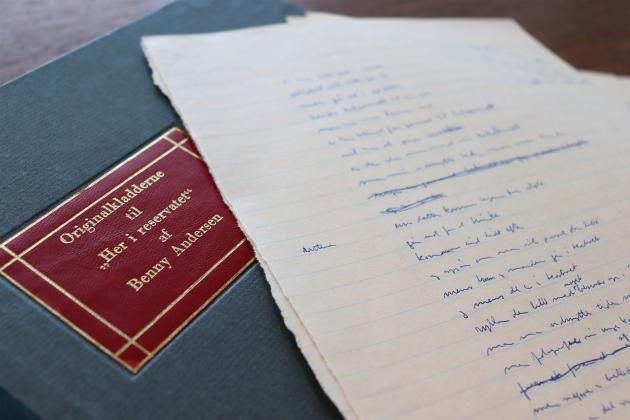
Photo: Det Kgl. Bibliotek
Copy of main work on geomagnetism received from DMI
Royal Danish Library has received from the Danish Meteorological Institute (DMI) a copy of William Gilbert: De magnete, magneticisque corporibus, et de magno magnete tellure physiologia nova, plurimis & argumentis, & experimentis demonstrata (London: Peter Short, 1600). The work was written by the English physician and natural philosopher William Gilbert (1544-1603) and is a major work in geomagnetism. The title means "A new natural doctrine about magnetic ironstone, magnetic bodies and the great magnet earth, proved by many arguments and experiments". The work inspired Johannes Kepler and Galileo Galilei.
The book was handed over to the library in connection with DMI's move from Lyngbyvej to Skt. Kjelds Plads. It is bound in parchment and bears a stamp from the Danish Meteorological Institute. The book probably came to DMI as a gift to Dan la Cour (1876-1942), who was director of DMI from 1923 until his death in 1942.
Royal Danish Library already owns a copy of the edition that belonged to Peter Scavenius and was thus originally part of Frederik III's Royal Library. The copy from DMI has its own story and at the same time contributes to telling the story of the public book collections in Denmark.
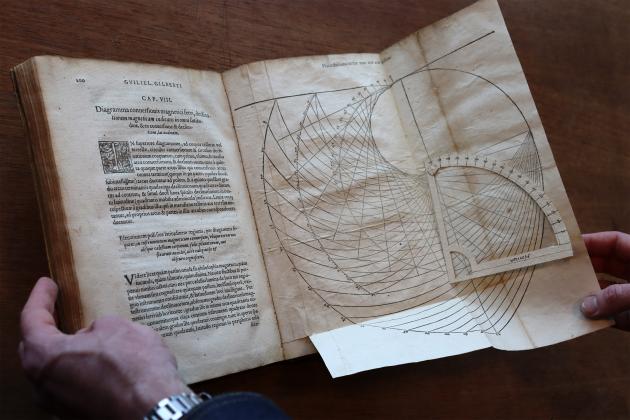
Photo: Det Kgl. Bibliotek
Large sheet music collection from Valdemar's Castle - more than 200 years old
The music archive from Valdemar's Castle in Tåsinge goes all the way back to around 1790 and constitutes one of the very few preserved sheet music archives in Denmark from that time. Here we have the actual manuscripts and prints that the musicians have used. Sometimes it is even written on the individual voices who performed them.
The collection consists of a lot of copies. These are both scores and voices, not least of the vocal music of the time such as Mozart's operas. In addition, the collection also reflects a musical activity at the castle in the 18th and 20th centuries, with both domestic piano music and music for brass bands, for example.
The collection is interesting as a whole for several reasons. Its somewhat uneven appearance testifies to the owner Frederik Juel's (1761-1827, owner of the castle from 1781) enormous interest in music, and he left his clear mark on the whole of Funen's musical life in the 1790s through his many connections. The repertoire was particularly characterised by dramatic vocal music, and the latest sheet music was ordered directly from Germany, so that Funen could perform as current a musical life as Copenhagen.
Musical life on Funen until about 1850 is very well described in Sybille Reventlow's book Music on Funen 1770-1850, 1983.
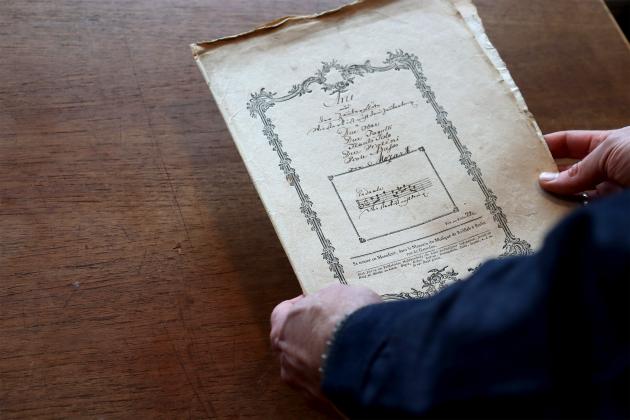
Photo: Det Kgl. Bibliotek
The Little Theatre and Marionette Theatre's archive
There is currently a generational change in Danish children's theatre, and this means that in recent years a number of archives have been handed over to Royal Danish Library. Danish children's theatre has played a central role both nationally and internationally from the 1970s until today. Not only were children's theatres front-runners in relation to the establishment of group theatre, that is theatre that did away with the actual process of creating a performance, but also in relation to artistic experiments and work to ensure that everyone has access to performing arts.
In 2023, we received the archive of the Little Theatre and the archive of the Marionette Theatre 1966-2018. Both theatres were founded in Copenhagen in 1966 and merged in 2013. The Little Theatre was the country's first permanent children's theatre stage and, until 2014, a collectively managed theatre. The archive consists of manuscripts, photographs, AV documentation, meeting minutes, posters and programmes. When the archive is sorted, it will be available to all interested parties in the library's reading room in The Diamond.
The archive supplements the other children's theatre archives that Royal Danish Library has received over time from, among others, Jytte Abildstrøm's theatre, Paraplyteatret, Artibus and Banden, as well as the archives of Assitej and the Children's Theatre Association. The archive of the Danish School Stage, to which many of the groups were founded in opposition, has also been preserved.
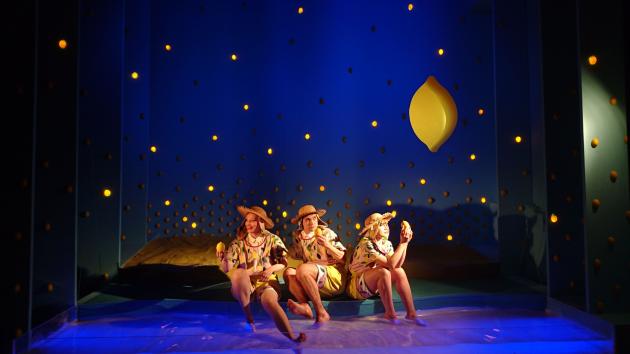
Photo: Jeppe Lawaetz
Archive material from architect Jean Poul Arno Fehmerling (1912-1978)
The architect Jean Poul Arno Fehmerling (1912-1978) left his mark on the architecture of Copenhagen with iconic buildings such as Skodsborgparken (1960-63), the terraced houses Christiansgave in Rungsted (1953-55) and Skottegården on Amager (1953-55). Nevertheless, he is largely absent from Danish architectural history. The donation consists, among other things, of Fehmerling's graduation thesis from the School of Architecture in Copenhagen and of his own scrapbooks. Fehmerling came to Denmark from Germany in 1933 and graduated in 1941 from the School of Architecture. From 1939 he had his own drawing studio.
With several of Fehmerling's buildings, he showed himself to be a visionary: When he built what later became known as Denmark's first shopping centre with Skottegården and Kastrup Midtpunkt in the 1950s, and when he probably created one of the earliest examples with the construction of the Christiansgave linked houses in Denmark on the close-to-low construction that was to become so prominent from the 1970s.
Audio recording of contact with deceased folklore collectors
One spring day in 2023, novelist Charlotte Weitze visited the clairvoyant Birgitte Christensen to get in touch with the late collector of folk memorabilia Evald Tang Kristensen. Charlotte Weitze was doing research for a novel based on the life and work of the collector of folk memorabilia.
The clairvoyant made contact and the deceased folklore collector spoke through her. He commented on Weitze's ideas for the content and design of the upcoming novel. They talked about Tang Kristensen's brusque but underlying vulnerable personality, his marriages, his meetings with the narrators and his lifelong project with folklore. Weitze also asked about Tang Kristensen's position on the Internet and modern entertainment.
The session lasts an hour and was recorded on Weitze's mobile phone. She has since donated the sound file to Royal Danish Library and it is now in the Folklore Archives. The recording captures an authentic session between a clairvoyant and her client, who at the time of recording are unaware that they are creating cultural heritage material to be preserved for posterity in an archive. It provides an insight into notions of contact with the deceased and life after death.
The novelist's research process is a creative game, where she weaves fragments of old traditions and folk beliefs together and writes on to a new story. Folklore has always been an inspiration for poetry, and here the poetic interest is seen in a new form.
